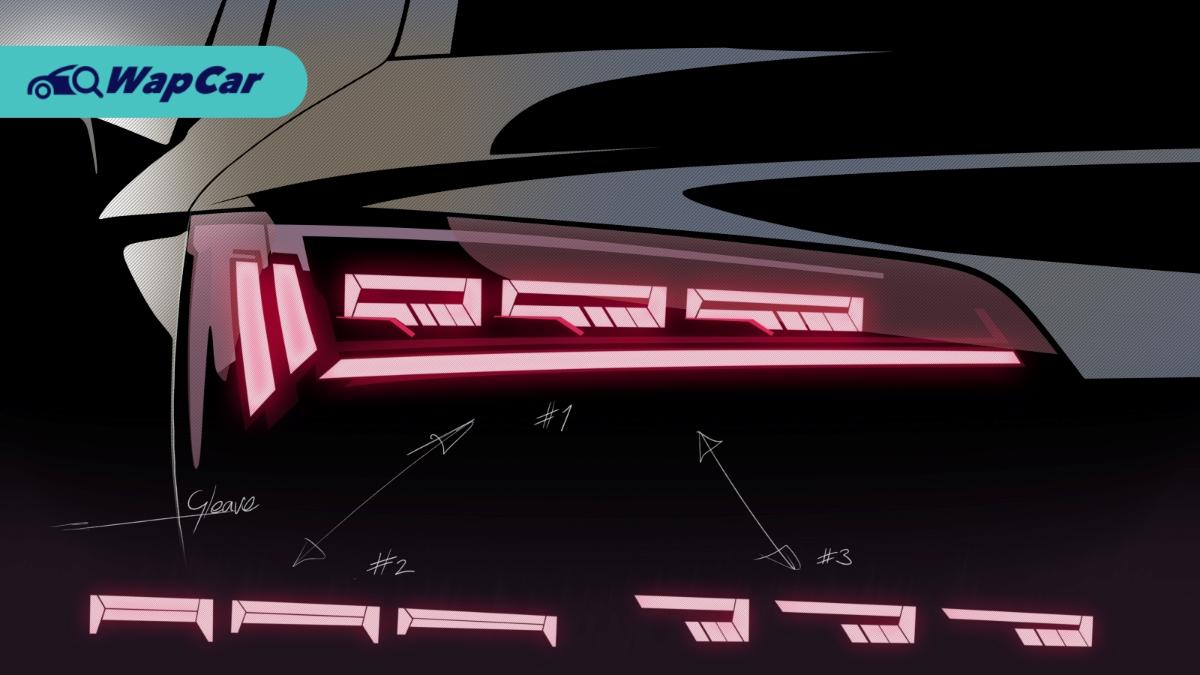![Audi’s digitalised OLED taillights in the 2020 Audi Q5 are basically TV screens 01]()
Lighting technology has always been Audi’s field of expertise. Who could forget the first LED DRLs that debuted in the “Starkmobile” Audi R8 back in 2007. Fast forward to the 2020 Audi Q5, the first Audi model to feature digitalised OLED taillights.
![Audi’s digitalised OLED taillights in the 2020 Audi Q5 are basically TV screens 02]()
Why OLED?
window.googletag = window.googletag || {cmd: []}; googletag.cmd = googletag.cmd || []; googletag.cmd.push(function() { googletag.defineSlot('/22557728108/my_article_fourthp_under_pc', [
728,
90
], 'div-gpt-ad-1685525140735-0').addService(googletag.pubads()); googletag.pubads().enableSingleRequest(); googletag.pubads().collapseEmptyDivs(); googletag.enableServices(); });
googletag.cmd.push(function() { googletag.display('div-gpt-ad-1685525140735-0'); });
- It’s infinitely dimmable and achieves high contrast
- It can be split into segments
- It does not require any reflectors, optical fibers or similar optics. This makes OLED units very efficient, lightweight and flat, which considerably increases design freedom.
![Audi’s digitalised OLED taillights in the 2020 Audi Q5 are basically TV screens 01]()
OLED technology have already been implemented in the Audi TT RS and Audi A8. But with digitalized OLED, it offers high precision and greater flexibility of design. Plus, animation effects can be integrated. These, in effect, turn the taillights into somewhat of a television screen, or even a smartphone screen.
OLED technology project manager Dr. Werner Thomas said, “Here the taillights turn into a kind of display on the outer shell, which will provide us with ample opportunities and prospects in terms of design, personalisation, communication and safety going forward.”
![Audi’s digitalised OLED taillights in the 2020 Audi Q5 are basically TV screens 02]()
Customers who opt for digital OLED technology have a choice of three signatures in the taillights when purchasing their car. The taillight signature is switched depending on the Audi drive select mode.
Another cool feature that enhances safety is the proximity detection feature. In the 2020 Audi Q5 for example, when it detects another vehicle approaching a stationary Q5 from the rear within less than 2 metres, all OLED segments light up. When the Q5 moves, the lights return to normal.
![Audi’s digitalised OLED taillights in the 2020 Audi Q5 are basically TV screens 03]()
Going forward, digitalized OLED allows for even greater personalisation of signature lighting. For instance, predefined symbols might be displayed to provide other road users with early warnings of hazards such as slippery roads or the tail ends of traffic jams.
window.googletag = window.googletag || {cmd: []}; googletag.cmd = googletag.cmd || []; googletag.cmd.push(function() { googletag.defineSlot('/22557728108/my_article_relatedmodel_above_pc', [
728,
90
], 'div-gpt-ad-1685525247138-0').addService(googletag.pubads()); googletag.pubads().enableSingleRequest(); googletag.pubads().collapseEmptyDivs(); googletag.enableServices(); });
googletag.cmd.push(function() { googletag.display('div-gpt-ad-1685525247138-0'); });












